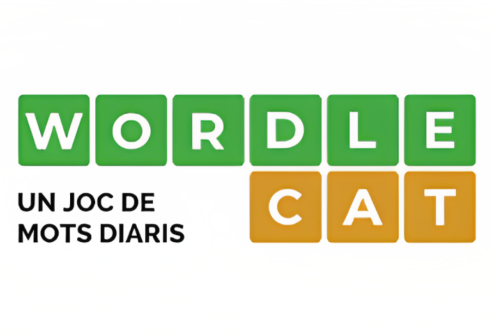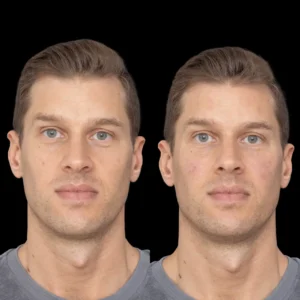What is Graphotherapy? How Does It Work?
Handwriting is more than just a means of communication; it is a reflection of an individual’s personality, emotions, and subconscious patterns. This is where Graphology, the study of handwriting, comes into play. But did you know that handwriting can also be modified to bring about positive changes in your life? This process is known as Grapho therapy Services, a unique and scientifically-backed method that helps individuals transform their behaviors and mindset through controlled changes in handwriting.
Understanding Graphotherapy
Graphotherapy is a specialized technique derived from Graphology that focuses on altering one’s handwriting to create positive mental and emotional shifts. It is based on the principle that writing habits are linked to neural pathways in the brain. By making intentional changes to specific strokes, letter formations, and writing styles, individuals can reprogram their subconscious mind, leading to improved confidence, emotional stability, and overall personality enhancement.
The concept of Graphotherapy revolves around the idea that our handwriting reflects our inner state. When certain negative traits are identified in a person’s handwriting, they can be corrected through targeted writing exercises. These exercises help retrain the brain to develop new, more constructive behavioral patterns over time.
How Does Graphotherapy Work?
The process of Graphotherapy involves a few crucial steps, each designed to create lasting changes in an individual’s thought processes and behaviors. Here’s how it works:
1. Handwriting Analysis
Before starting Grapho therapy Services, a detailed handwriting analysis is conducted by a trained Graphologist. This analysis identifies personality traits, emotional patterns, strengths, weaknesses, and subconscious tendencies based on the shape, slant, pressure, and spacing of letters and words.
2. Identifying Areas for Improvement
After a comprehensive Graphology assessment, specific traits that need improvement are highlighted. For instance, if a person exhibits low self-confidence, it may be reflected in their weak pressure on paper, small letters, or inconsistent slant. Similarly, excessive loops in letters may indicate anxiety or overthinking.
3. Customized Writing Exercises
Once the problematic areas are identified, customized writing exercises are designed to bring about the necessary changes. These exercises involve practicing specific letter formations, stroke patterns, and slant adjustments. The individual is guided on how to modify their handwriting in a way that encourages positive personality traits and diminishes negative tendencies.
4. Repetition and Reinforcement
Consistency is key in Graphotherapy. Just like learning a new habit, repeated practice of the prescribed handwriting changes helps in reinforcing new neural connections in the brain. Over time, this rewiring of the brain leads to positive changes in behavior, thought patterns, and emotional responses.
5. Monitoring and Progress Evaluation
A Graphotherapist monitors the individual’s progress over time, making necessary adjustments to the handwriting exercises if needed. Periodic evaluations help in assessing the effectiveness of the therapy and ensuring that the desired transformations are taking place.
Benefits of Graphotherapy
Graphotherapy offers a wide range of benefits, making it a powerful tool for personal development. Some of the key benefits include:
1. Enhancing Self-Confidence
By adjusting letter formations and writing styles, individuals can develop a stronger sense of self-worth and confidence. Traits such as hesitation in handwriting often indicate self-doubt, which can be corrected through Graphotherapy.
2. Reducing Stress and Anxiety
Certain handwriting patterns indicate high stress and anxiety levels. By modifying these patterns, individuals can experience a sense of calm and emotional balance.
3. Improving Decision-Making Abilities
People who struggle with indecisiveness often have specific handwriting characteristics, such as uneven letter spacing or inconsistent slants. Graphotherapy helps in developing a more stable mindset, leading to better decision-making skills.
4. Strengthening Focus and Concentration
By practicing controlled and deliberate handwriting strokes, individuals can improve their focus and concentration, leading to enhanced productivity and efficiency.
5. Overcoming Negative Emotional Patterns
Handwriting often reveals deep-seated fears, insecurities, and emotional blockages. Through targeted exercises, individuals can work on eliminating these negative emotional patterns and fostering a more positive outlook on life.
6. Enhancing Leadership Skills
Traits like assertiveness, determination, and clarity in thinking can be developed through changes in handwriting. Graphotherapy helps individuals unlock their leadership potential by instilling confidence and decisiveness.
Who Can Benefit from Graphotherapy?
Graphotherapy is suitable for people of all age groups who wish to enhance their personal and professional lives. It is particularly beneficial for:
- Students looking to boost their concentration and academic performance
- Professionals aiming for career growth and confidence building
- Individuals struggling with stress, anxiety, or emotional instability
- Entrepreneurs and leaders wanting to enhance their decision-making and leadership skills
- Anyone looking for personal development and self-improvement
Conclusion
Graphotherapy is a fascinating and effective method for personal transformation. By making conscious changes in handwriting, individuals can rewire their subconscious patterns and achieve greater self-confidence, mental clarity, and emotional well-being. With the guidance of experienced Graphologists and consistent practice, one can harness the power of Grapho therapy Services to unlock their true potential and lead a more fulfilling life.
If you’re interested in exploring the transformative effects of Graphotherapy, consulting a professional in Graphology can be your first step towards self-improvement and success.














Post Comment